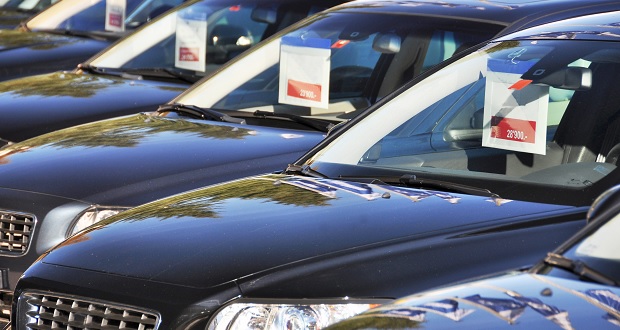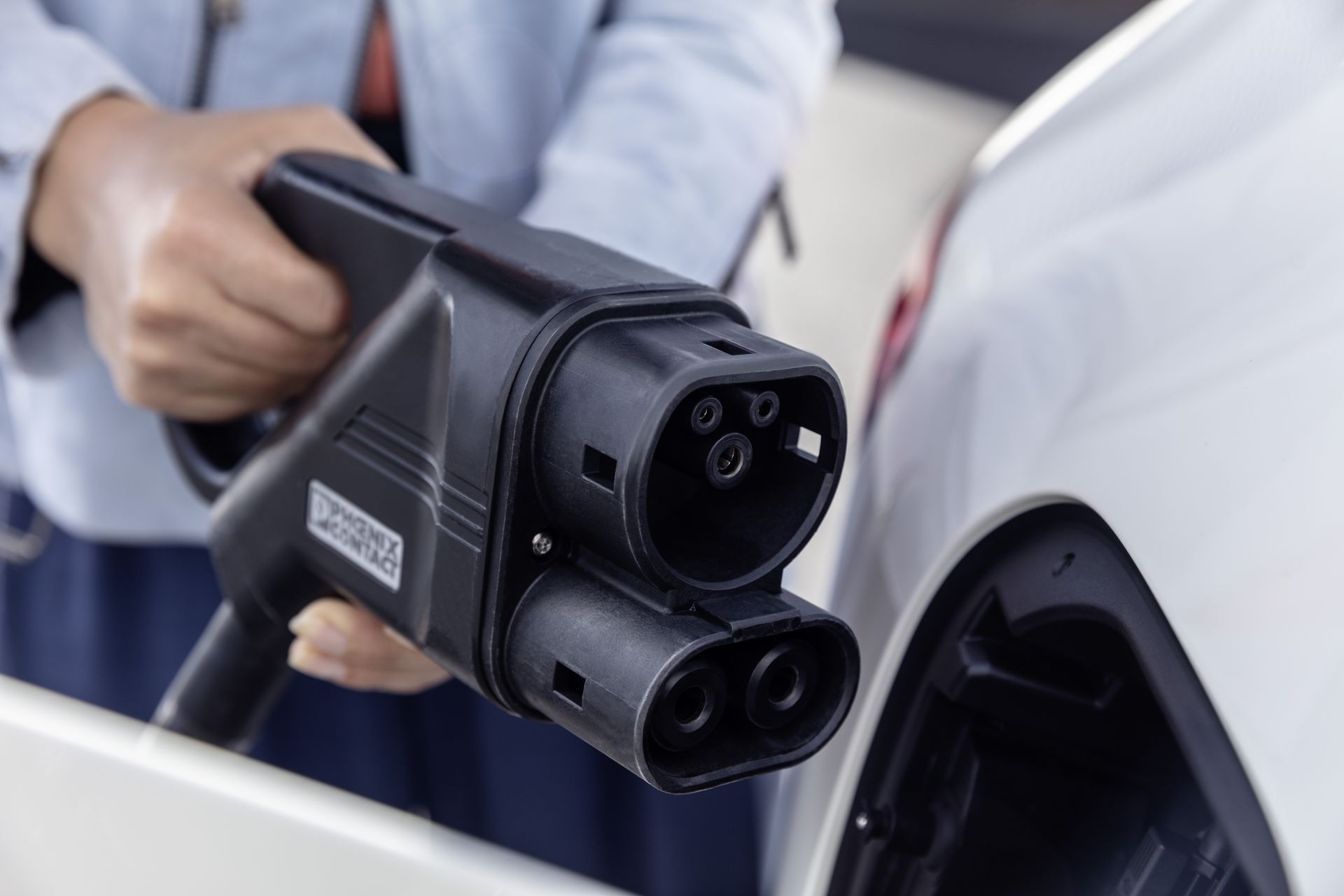Follow Bengt
Electrify America DC fast chargers
UPDATE: As of Tuesday morning Electrify America said that it is “restoring full capacity to its entire network” after the potentially affected charging cables cleared extensive testing, and it called the original incident spurring the shutdown “an isolated event” at a private facility with a prototype cable. Thus, we updated the story title to reflect that they “were down” rather than “are down.”
Electric car owners who are planning to use the DC fast chargers that are part of the Electrify America network may want to allow a little extra time in their plans over the coming days and weeks.
That’s because on Friday, Electrify America made a decision to shut down all of its charging connectors that can run up to 150-kw and 350-kw on the CCS (Combo) standard.
DON’T MISS: Electrify America switches on the first 350 kw station
The list of vehicles that today can potentially use CCS fast charging above 50 kw is very limited. The Jaguar I-Pace charges at 100 kw, and the Hyundai Kona Electric peaks at just over 70 kw. Deliveries of the Audi e-tron, the first vehicle that can truly take advantage of the full 150 kw, don't start for another few months.
With I-Pace deliveries settling in at maybe a couple hundred a month and the Kona Electric just starting, that’s a total of just 600-700 vehicles currently in use in all of the U.S., by our estimates.
All of those 150-kw and 350-kw connectors are normally, however, perfectly compatible with a 50-kw charge. So in the present electric-car landscape, what it really means is that there will be fewer plugs available for a time.
CHECK OUT: Electrify America launches “Jetstones” ad campaign
It should be noted that this same issue affects charges on the Fastned and Ionity networks in Europe, where more vehicles are likely directly affected. Tesla for instance is already providing CCS compatibility for European vehicles, at up to 120 kw, but not in the U.S.
The higher-power hardware affected by the issue uses cooled charging cables supplied by Switzerland-based supplier Huber+Suhner, which notes that at a test site in Germany a short circuit occurred in the charging plug (connector). The liquid cooling system for the cables wasn’t the issue, and as of Monday was still troubleshooting the situation.
Electrify America DC fast chargers in Gulfport, Mississippi
The issue affects all DC fast chargers from Electrify America that can charge at more than 50 kw. It doesn’t affect 50-kw CCS fast chargers, or Level 2 chargers.
READ MORE: Electrify America lays out plans for second round of chargers in California
If you drive a Nissan Leaf, you’re also in luck. According to Electrify America, all 89 of its locations currently have charging up and running through their 50-kw CHAdeMO connectors. Most of those multi-connector stations also offer CCS (Combo) charging connectors at 50 kw that are unaffected by this issue as the cables are from another supplier, ITT Cannon.
The decision to shut down the U.S. chargers was made, as Electrify America CEO Giovanni Palazzo put it in an official statement, “out of an abundance of caution.”
Both Electrify America and Huber+Suhner indicated that they’re seeking to resolve this issue as quickly as possible—although the chargers won’t be available again until the Swiss supplier completes an investigation and makes a decision about the remedy.


